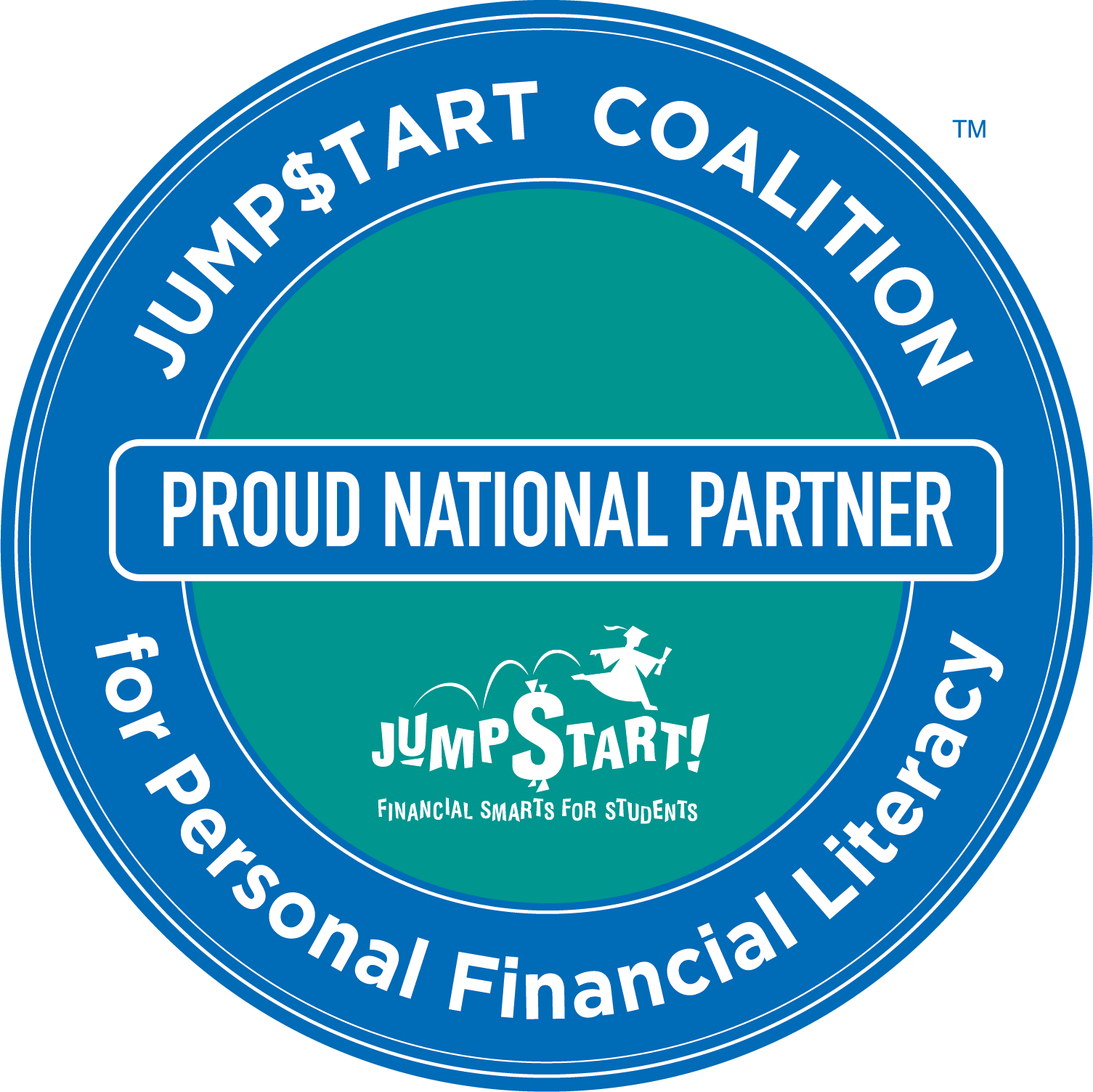One of Money Vehicle’s core tenets is to teach financial literacy high school students about bank accounts — specifically, foundational bank accounts that will serve them as they grow into adulthood, and become tools to propel them down their financial path.
As a part of the course, students are encouraged to start or open bank accounts, the types of which are outlined below. There are many reasons for this, and we believe that the best way to learn how to use these accounts and their intricacies is through direct experience. That said, the vast majority of Americans will utilize the banking system and these types of bank accounts at some point in their lives, and the sooner they get used to them, the better.
Plus, it isn’t a bad idea to grow your relationship with a bank or credit union, whichever you prefer. Note, too, that we don’t recommend a specific bank or financial institution, but think you should do your due diligence when choosing one. Some bank accounts have specific fees (minimum balance fees, for example), while others do not. There are also interest rates to take into account. In all, some homework is likely required to make the best choice.
With that in mind, here are the foundational bank accounts that high school students studying financial literacy or personal finance should study, and likely open when the timing is right. Overall, there are two main types of bank accounts (though there are more out there): Checking accounts and savings accounts.
Checking accounts
Checking accounts are probably the most important tool in your financial tool kit. You can use it to store money, to spend money with checks or a debit card, to pay your bills, and to accept payments as well, such as direct deposit.
You open a checking account at a bank or financial institution, and it easily allows for deposits and transactions. That’s really the primary function of the checking account: To facilitate transactions. And, again, that’s typically done with debit cards these days, though you can also make payments or withdrawals with checks, or at ATMs.
Be aware, though, that different financial institutions can offer different types of checking accounts, often with different perks or disadvantages. As noted, some banks may charge maintenance or low balance fees. Others may not. For that reason, you should shop around when looking to open a checking account.
Savings accounts
The second main type of bank account is a savings account. As you may have guessed, these accounts are typically used to hold savings, rather than facilitate transactions. That’s the key difference, and to entice customers to save money in these accounts, banks pay higher interest rates on deposits within them. That is, your savings account is likely to accrue interest at a faster and higher rate than a checking account.
Further, there are rules regarding how many transfers or transactions can be made out of a savings account within a given month — so, it’s not really useful or advisable to use a savings account in the same way you would a checking account.
Why use a bank account at all?
You may wonder why you need a bank account at all — perhaps you’d rather hold onto cash, and make your purchases that way, too? There are a number of reasons: Your money will be safer with a bank (and FDIC-insured!), for one. You will be able to cash and write checks, sign up for direct deposit for your paycheck, access other banking products and services, and get a debit card.
Another important thing to keep in mind is that you’ll have bank records and proof of payment that you may need to get a loan or keep your credit history in order. Bank accounts are also helpful when budgeting, and allow you to get a running total of your balances, and see your purchase history.
With this all in mind, if you’re a financial literacy high school student, knowing the basics of these accounts will be fundamental and foundational to your financial success in the future.
Check out the Money Vehicle textbook — you can find it here on Amazon. And if you like what you see, you can get more content sent directly to your inbox! Sign up for the Money Vehicle Movement Newsletter!
And check out our white paper: “Strategies for Increasing Financial Literacy Rates Among High School and College Students”
More from Money Vehicle:









